Every holiday season, homes, bars, and offices across the globe light up with the garish charm of ugly sweater parties. These festive gatherings—filled with retro knitwear adorned with reindeer, Santa Claus, and other whimsical designs—have become a staple of the season. While many attribute the origin of this playful tradition to a Vancouver gathering in 2002, a group of Western Michigan University alumni from Kalamazoo, Michigan, passionately disputes that claim. Armed with proof and nearly a decade of hosting memorable sweater-clad soirées, these Michigan pioneers are setting the record straight.
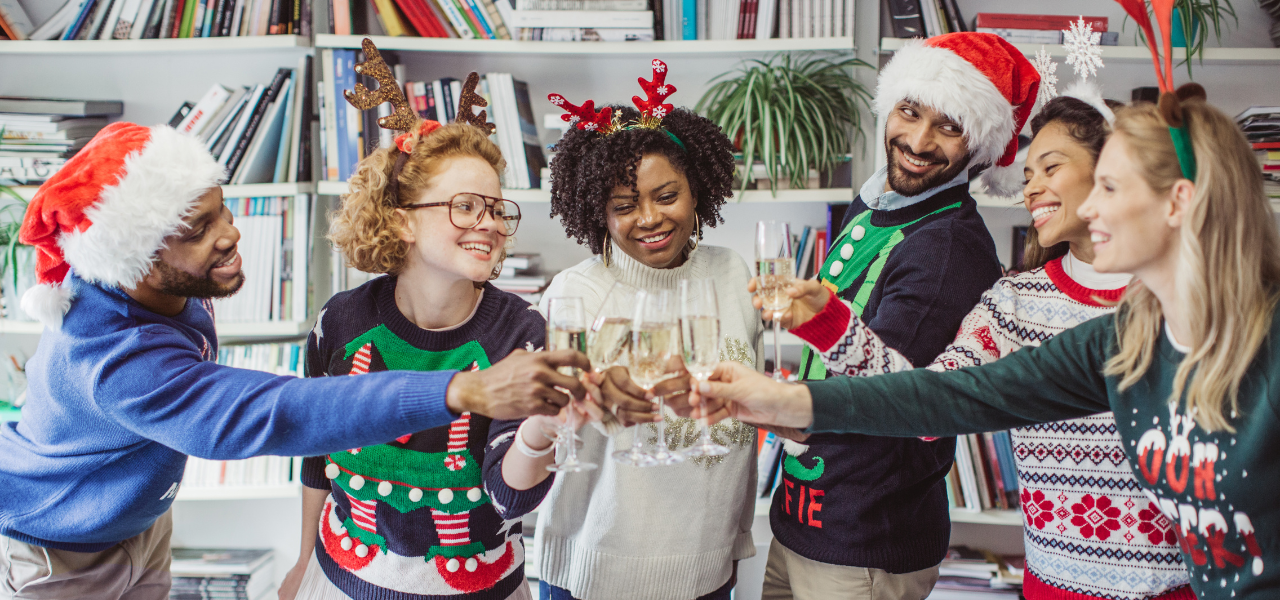
Where It All Began: A Humble Gathering in Kalamazoo
The story of the ugly sweater party begins not in a posh Canadian venue but in a modest student rental on Cedar Street in Kalamazoo. In the winter of 2000, Michael St. Aubin, Jason Weeby, and Bob Wedge, students at Western Michigan University, decided to host a holiday party with a twist. It was an unassuming affair, with fewer than 80 attendees, typical college fare, and a few attendees wearing nostalgic turtlenecks and sweaters.
“We didn’t call them ‘ugly,’” Weeby recalled. “They represented a sense of nostalgia for us—something warm, quirky, and connected to our childhood memories.”
The first party wasn’t an overnight cultural phenomenon. Most attendees came dressed in everyday attire, carting in packs of Icehouse beer and mingling casually. But in a corner of the room, a small group stood out. St. Aubin, Weeby, and a handful of friends wore vintage holiday sweaters, sipping eggnog and spinning Christmas records on vinyl. For them, the party wasn’t just a holiday celebration; it was an homage to the charm and kitsch of 1970s and 1980s holiday traditions.
Building a Tradition: Nostalgia Meets Creativity
By the second year, the sweater theme had gained traction. Word spread among their friends, and attendance doubled to about 30 people, all dressed to the nines in holiday regalia. For Wedge, the thrill wasn’t just in attending but in hunting for the perfect sweater—a quest that led him to unearth hidden gems in family closets.
“One of the original vests I wore was my grandma’s,” Wedge shared. “It was handmade, and it embodied everything I loved about those times—colorful, festive, and sentimental.”
The sweaters, far from being mere clothing, were symbols of craftsmanship and nostalgia. Many were adorned with intricate designs, like Santa Claus pulling a sled or holly berries woven into snowflakes. These weren’t items one could easily find in stores. They were remnants of a bygone era, often handmade and lovingly preserved, making each sweater a piece of wearable history.
By 2002, the event had grown into an annual tradition known as the “Turtleneck and Sweater Holiday Extravaganza.” Formal invitations—complete with a Sears Portrait Studio photograph of St. Aubin and Weeby in their festive attire—were sent across Kalamazoo. The invitations promised attendees an unforgettable evening filled with “crackling fireside chats, Mel Tormé’s velvet holiday voice, and magical mustachioed moments.”
The Canadian Controversy: Setting the Record Straight
The same year the Kalamazoo alumni were hosting their third annual extravaganza, two Canadians in Vancouver claimed to have originated the ugly sweater party. For the Michigan trio, the assertion felt like a thorn in their side. They had not only established the tradition two years earlier but had also created a rich cultural experience around it.
“We’ve seen photos from our friends in Chicago and California who started hosting similar parties after attending ours,” St. Aubin said. “By 2002, it was already spreading beyond Kalamazoo.”
Although the Canadians popularized the term “ugly sweater,” the Kalamazoo group’s parties were rooted in nostalgia rather than irony. “We didn’t think they were ugly,” Weeby clarified. “To us, they represented warmth and tradition.”
The gatherings were more than casual parties—they were events steeped in ritual and creativity. Each year included a holiday fashion show, live performances from bands like Griffin Shepherds, and quirky traditions such as the crowning of a prince and princess of Christmas. The ceremonial pouring of the eggnog, which often ended up being dumped over someone’s head, was a particular highlight.
.png)
From Kalamazoo to the World
As the alumni graduated from WMU in the early 2000s, their holiday extravaganza outgrew its student roots. The party found a new home at Kalamazoo’s Kraftbräu Brewery in 2003, where it continued to attract larger crowds. The brewery even brewed a custom “Mustache Ale” in honor of the event. By 2006, the festivities had migrated to Detroit, making stops at venues like the Magic Bag in Ferndale, where it remained until its final year in 2012.
While the physical location of the parties shifted, their spirit remained intact. Each event celebrated the joy of connection, creativity, and a shared appreciation for the whimsical. The friends even introduced a philanthropic component, raising money for local charities each year.
“The joy wasn’t just in the sweaters or the parties themselves,” Wedge explained. “It was in knowing we were creating something meaningful.”
The Evolution of a Tradition: From Nostalgia to Commercialization
By the late 2000s, ugly sweater parties had transformed from niche gatherings into a cultural juggernaut. Retailers like Walmart and Meijer began mass-producing sweaters designed to capitalize on the trend, complete with LED lights, glitter, and other attention-grabbing details. While the commercialization brought the tradition to a broader audience, it also altered its original charm.
“Back then, you’d rifle through an attic or a closet, searching for the perfect sweater with a story,” Weeby noted. “Now, you just go online and click ‘add to cart.’ It’s lost some of its magic.”
Still, the founders take pride in the tradition’s enduring popularity. While they retired their own party after 2012, they continue to see ugly sweater parties thrive in workplaces, schools, and communities worldwide.
A Legacy Worth Celebrating
As the 25th anniversary of the original Kalamazoo gathering approaches, the friends are considering a revival. Their hope is to bring the party back to its roots in Kalamazoo, celebrating not just the sweaters but the sense of camaraderie and nostalgia that made the events so special.
“I think it belongs to everybody now,” Weeby reflected. “And that’s okay. What matters is the joy and connection it brings to people.”
For Kalamazoo, the legacy of the ugly sweater party is yet another feather in its cultural cap. From being the birthplace of Gibson Guitars and Bell’s Beer to the renowned Kalamazoo Promise, the city has a knack for producing unique contributions to American culture.
“We didn’t commercialize it, but we culturized it,” St. Aubin said, summing up the group’s impact. “We created a culture of celebration that people can interpret in their own way.”
The Future of Ugly Sweater Parties
While the commercialization of the trend may have diluted some of its original charm, the founders are optimistic about its future. Wedge continues to participate in annual sweater-themed gatherings with colleagues in Northern Michigan, and Weeby hopes that each new generation finds its own way to celebrate the tradition.
“The essence of what we started was about bringing people together in a fun, lighthearted way,” Wedge said. “That’s something that will never go out of style.”
As ugly sweater parties continue to brighten the holiday season, it’s worth remembering their humble beginnings. For St. Aubin, Weeby, and Wedge, the real reward isn’t in claiming credit but in knowing they’ve helped shape a beloved holiday tradition that transcends generations.
DON'T KEEP US A SECRET - SHARE WITH A FRIEND OR TO SOCIAL MEDIA!

.41.png)




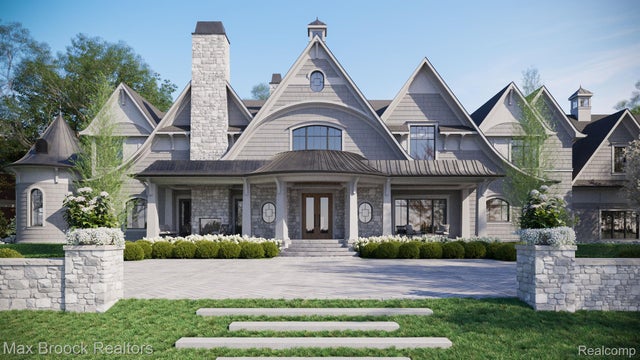
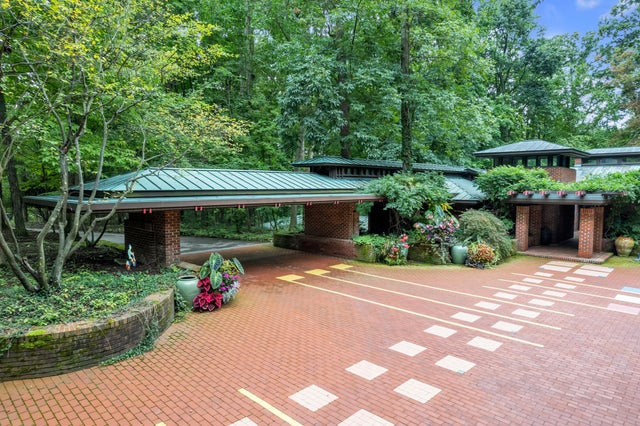

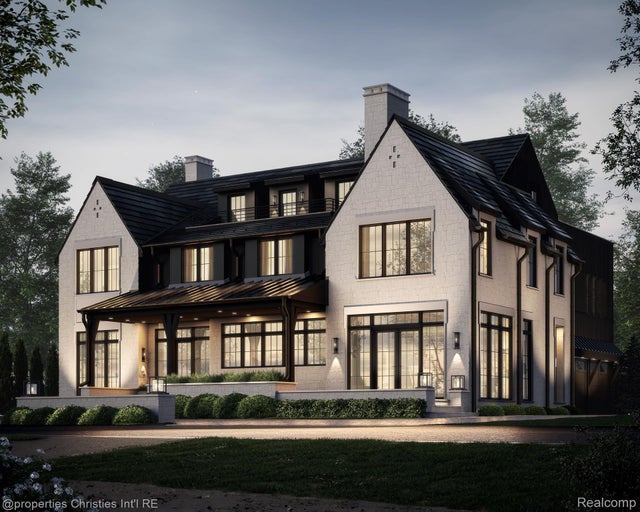
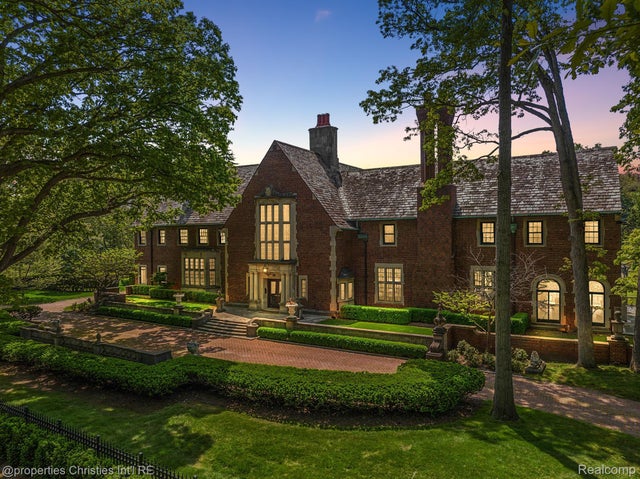

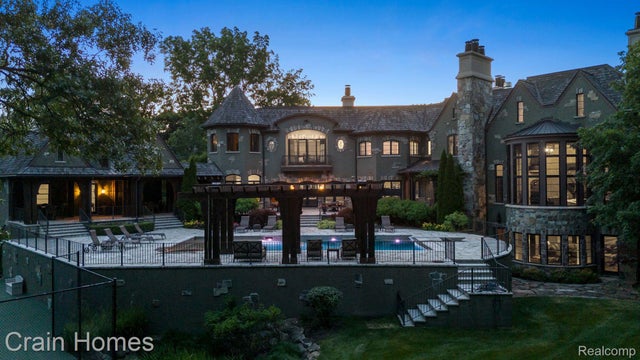


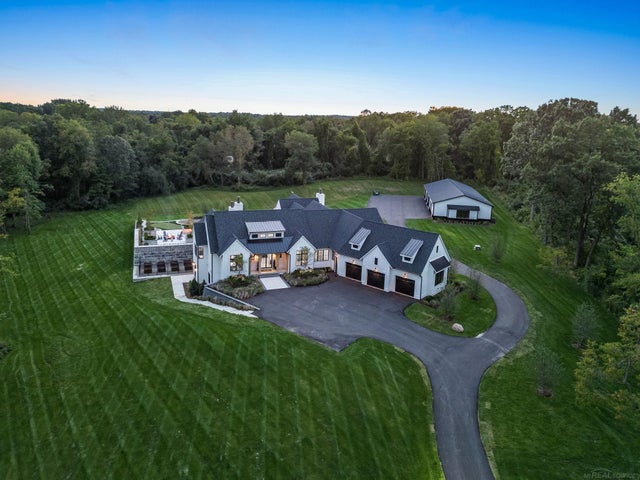
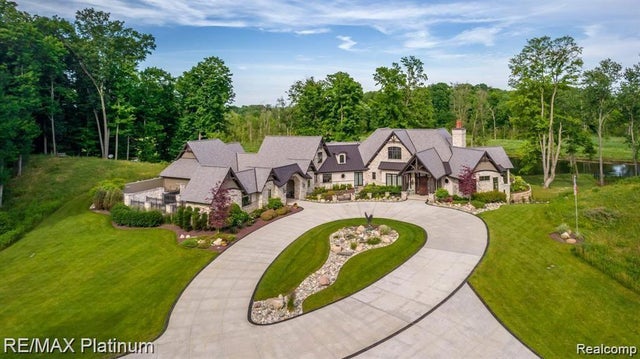
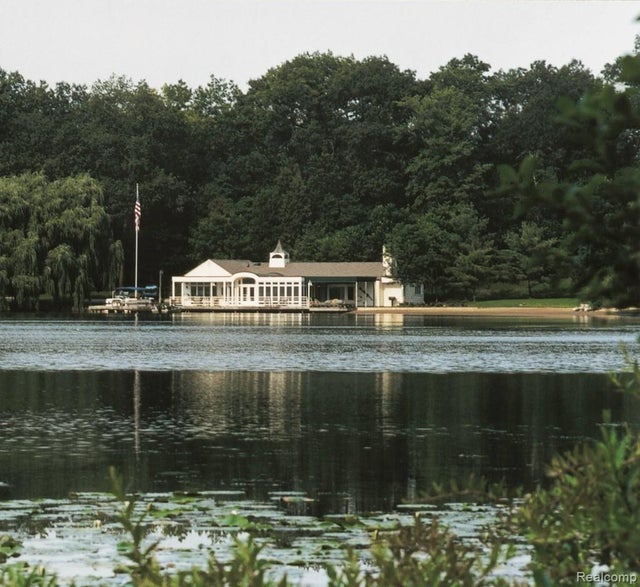

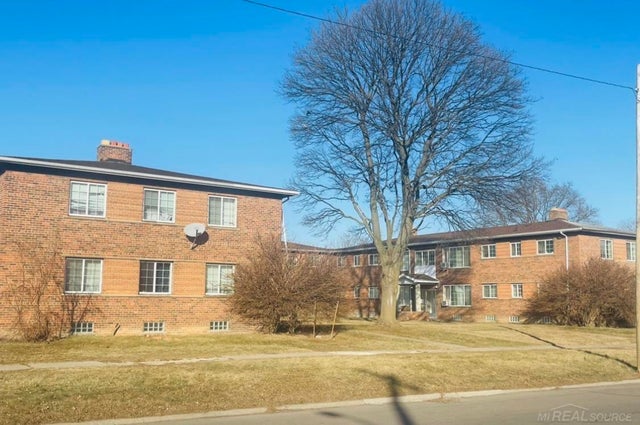

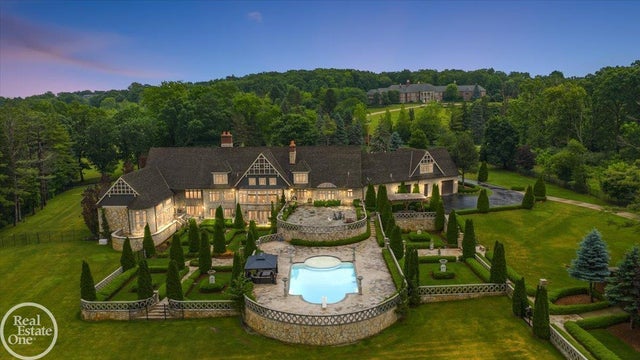
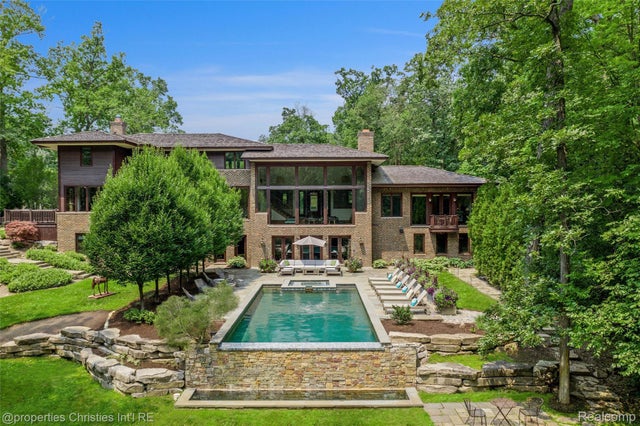

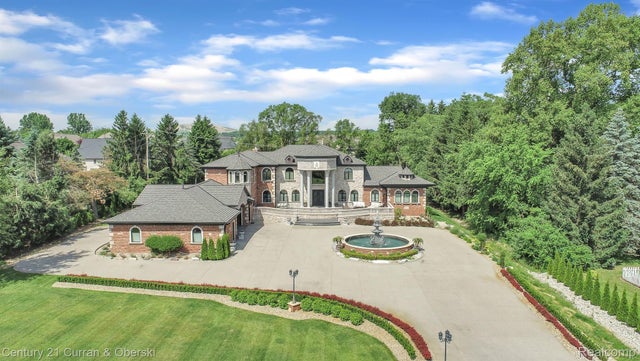
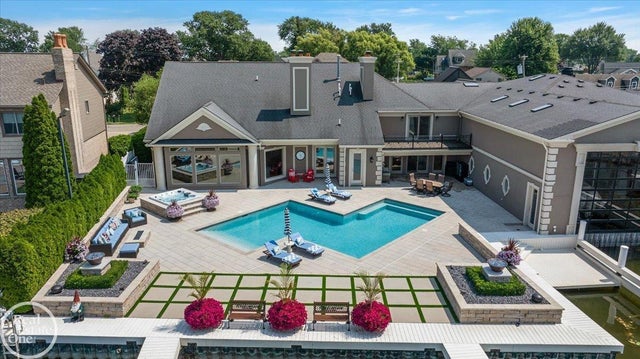


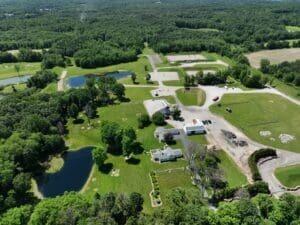
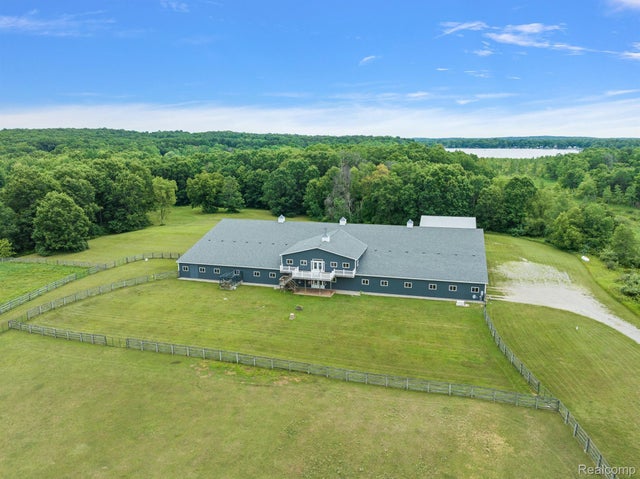
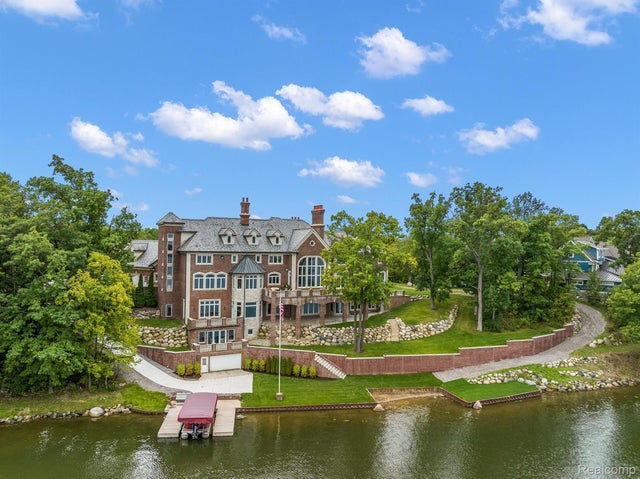


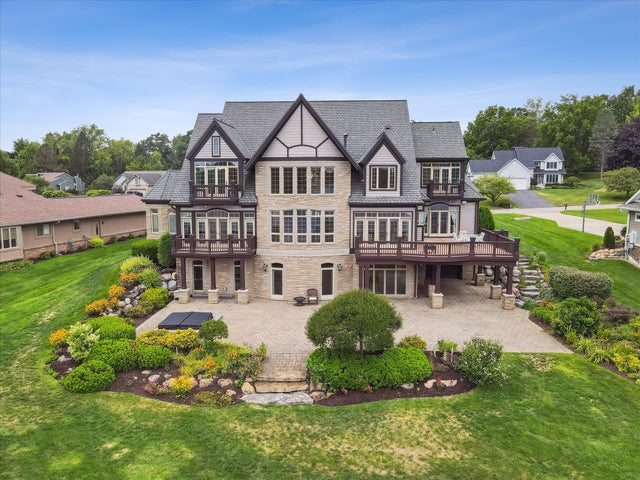
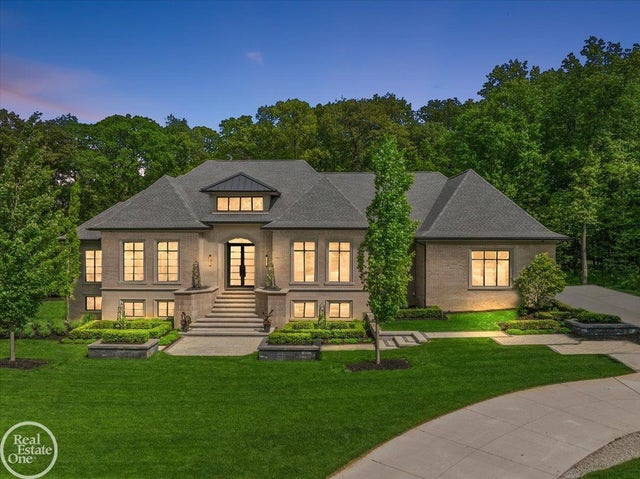
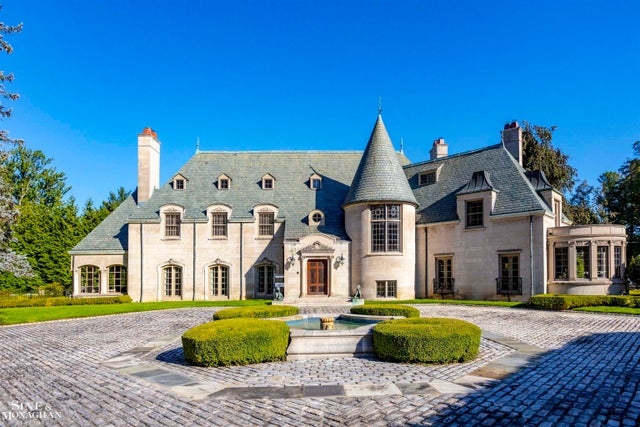
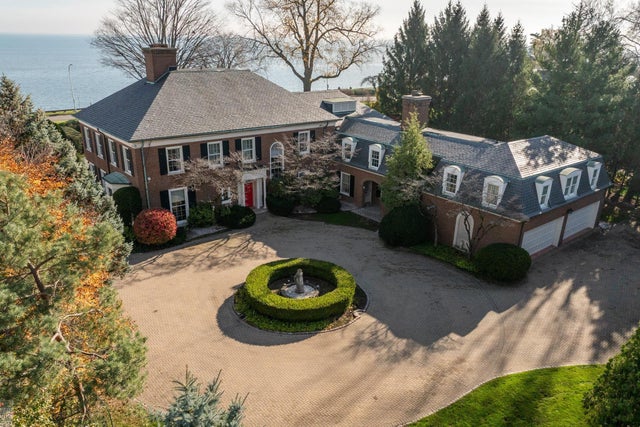
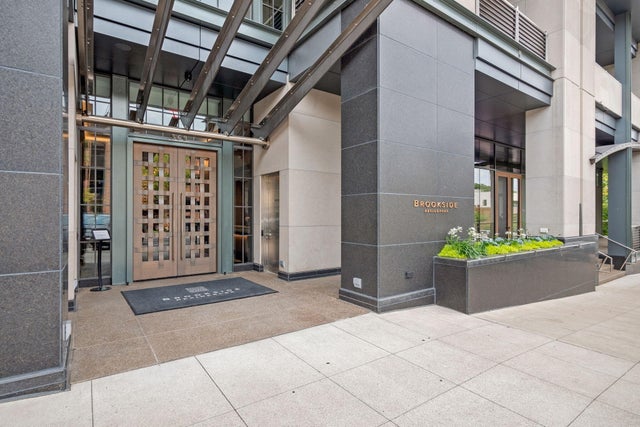

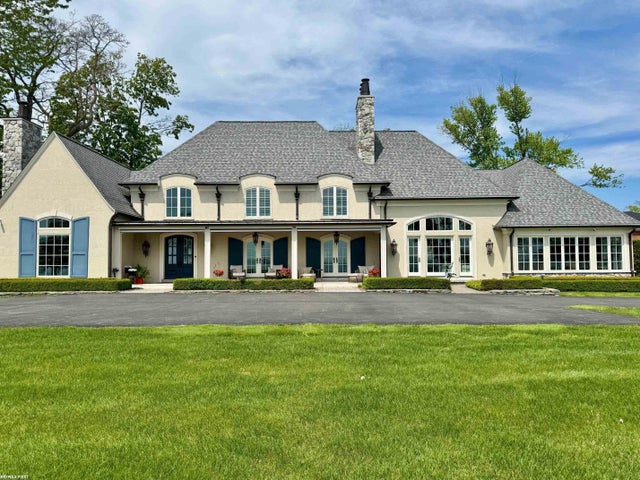
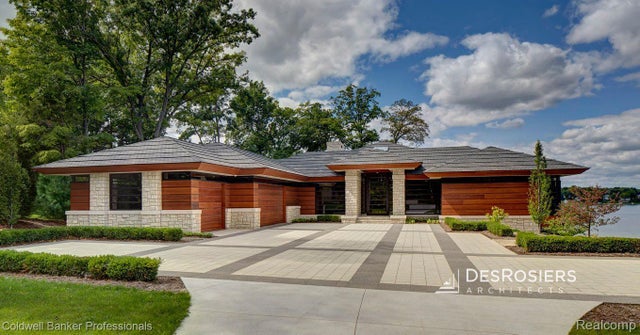

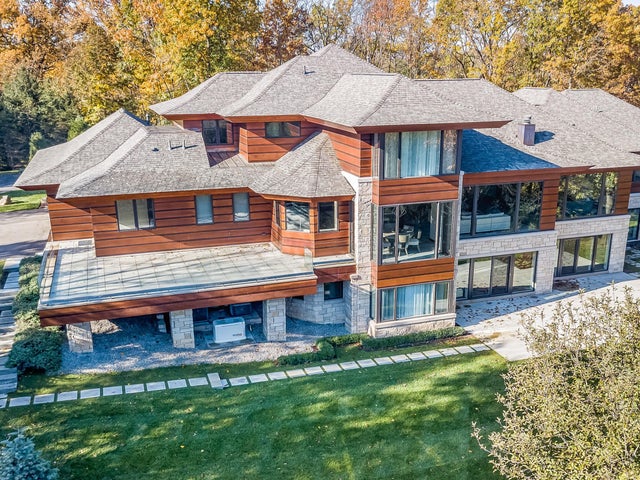
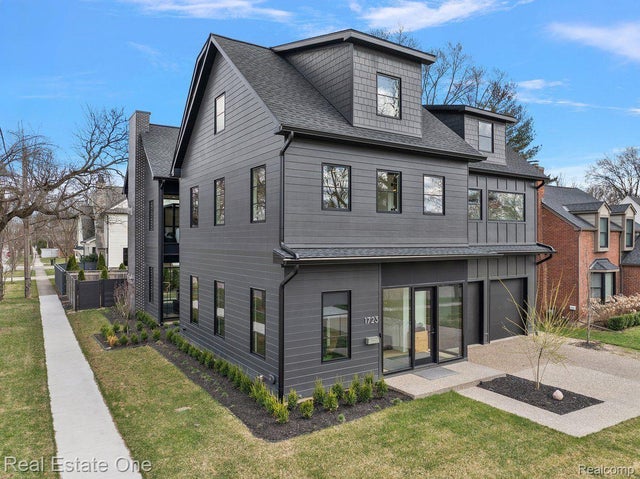


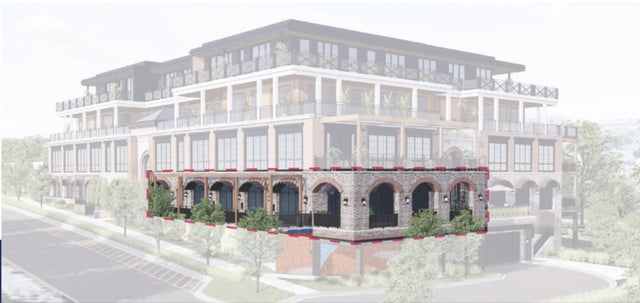

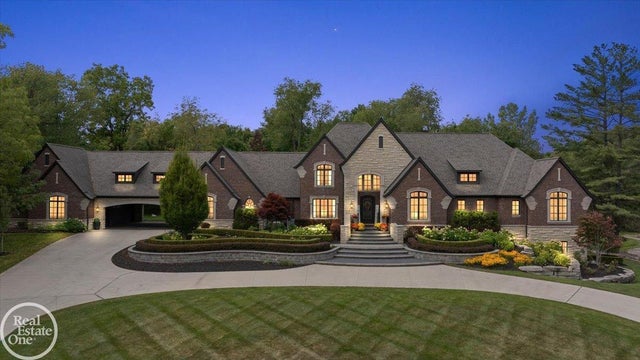
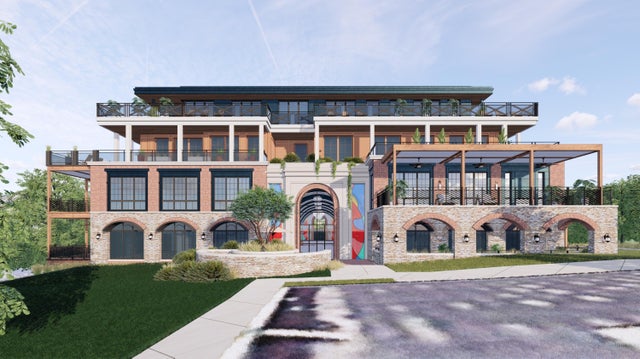
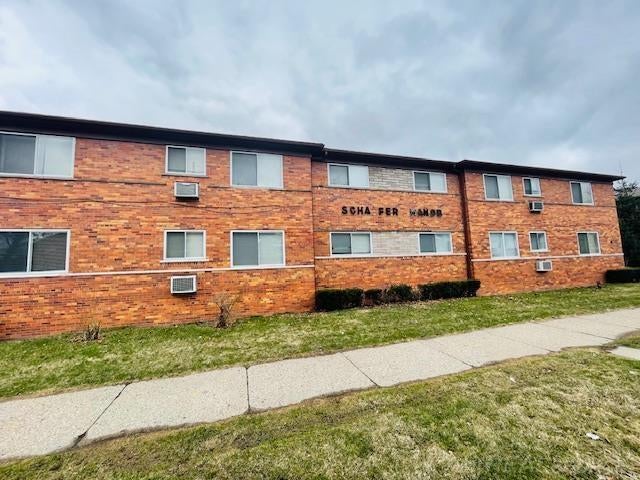


Leave A Comment